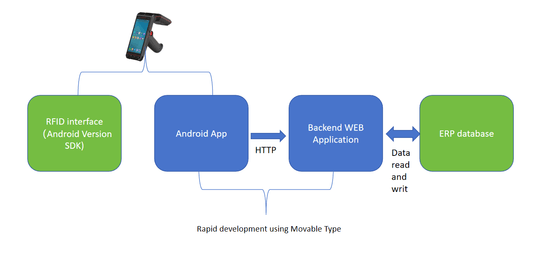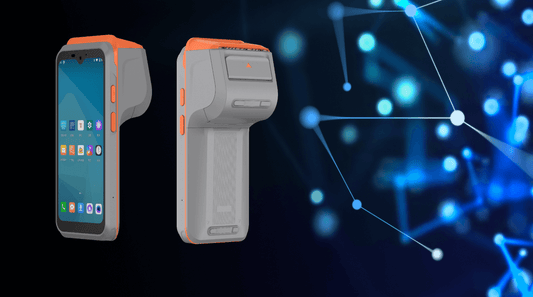The Role of 5G and Edge Computing in the Future of Smart Lighting
The rapid advancement of smart lighting systems has transformed how we illuminate our homes, offices, and cities. Beyond simple automation, modern smart lighting integrates AI, IoT, and cloud computing to enhance energy efficiency, security, and user experience. However, the next big leap in smart lighting will be driven by two key technologies: 5G and edge computing.
5G networks provide ultra-low latency, high bandwidth, and massive device connectivity, while edge computing brings data processing closer to the source, reducing delays and improving real-time decision-making. Together, these technologies will unlock new possibilities for smart lighting, making it more responsive, intelligent, and scalable.
In this blog, we’ll explore how 5G and edge computing will shape the future of smart lighting, covering:
-
The Evolution of Smart Lighting
-
How 5G Enhances Smart Lighting Systems
-
The Impact of Edge Computing on Smart Lighting
-
Real-World Applications and Benefits
-
Challenges and Future Outlook
1. The Evolution of Smart Lighting
Smart lighting has come a long way from traditional incandescent bulbs to LED-based, Wi-Fi-enabled systems. Early smart lighting relied on centralized cloud processing, where commands were sent to a remote server before execution. While this worked for basic automation, it introduced latency and dependency on internet connectivity.
The next phase of smart lighting involves decentralized intelligence, where lighting systems process data locally and respond in real time. This is where 5G and edge computing come into play, enabling faster, more reliable, and scalable lighting solutions.
2. How 5G Enhances Smart Lighting Systems
Ultra-Low Latency for Real-Time Control
5G networks offer latency as low as 1 millisecond, making them ideal for applications requiring instant responses. In smart lighting, this means:
-
Instant adjustments based on occupancy sensors or ambient light changes.
-
Seamless integration with security systems (e.g., lights flashing during an intrusion alert).
-
Enhanced synchronization in entertainment setups (e.g., dynamic lighting synced with music or video).
Massive IoT Connectivity
5G supports up to 1 million devices per square kilometer, making it perfect for large-scale deployments like smart cities. Streetlights, traffic signals, and building lighting can all be interconnected without network congestion.
Energy Efficiency and Demand Response
With 5G, smart grids can communicate with lighting systems in real time, adjusting brightness based on energy demand. This reduces power consumption and supports sustainability initiatives.
3. The Impact of Edge Computing on Smart Lighting
Edge computing shifts data processing from the cloud to local devices or nearby servers, reducing latency and bandwidth usage. For smart lighting, this means:
Faster Decision-Making Without Cloud Dependency
-
Motion sensors can trigger lights instantly without waiting for a cloud server.
-
AI-powered cameras can analyze foot traffic and adjust lighting on the edge, improving efficiency.
Enhanced Privacy and Security
Since data is processed locally, sensitive information (e.g., occupancy patterns in smart homes) isn’t sent to the cloud, reducing hacking risks.
Scalability for Smart Cities
Edge computing allows distributed intelligence, where each streetlight or building lighting system can operate autonomously while still being part of a larger network.
4. Real-World Applications and Benefits
Smart Homes
-
Adaptive Lighting: Lights adjust based on user behavior, time of day, or even biometric data (e.g., dimming for relaxation).
-
Security Integration: If a security camera detects movement, lights can flash to deter intruders—all processed at the edge for instant response.
Smart Offices
-
Occupancy-Based Lighting: Edge AI detects empty meeting rooms and turns off lights automatically.
-
Employee Productivity: Dynamic lighting adjusts color temperature to enhance focus or relaxation.
Smart Cities
-
Traffic-Responsive Streetlights: Lights brighten when sensors detect pedestrians or vehicles, improving safety.
-
Energy Savings: Cities can dim lights in low-traffic areas, cutting electricity costs by up to 50%.
Entertainment and Retail
-
Interactive Lighting: Stores use 5G-connected LEDs to change colors based on customer interactions.
-
Augmented Reality (AR) Lighting: AR apps sync with smart lights to create immersive experiences in museums or theme parks.
5. Challenges and Future Outlook
While 5G and edge computing offer immense potential, challenges remain:
Infrastructure Costs
Deploying 5G and edge servers requires significant investment, especially for city-wide implementations.
Interoperability Issues
Different manufacturers use varying protocols (Zigbee, Bluetooth, Matter). Standardization is needed for seamless integration.
Security Concerns
More connected devices mean more entry points for cyberattacks. Robust encryption and authentication are crucial.
The Future: AI-Driven Autonomous Lighting
With advancements in AI at the edge, future smart lighting systems will:
-
Predict user preferences and adjust automatically.
-
Self-diagnose faults (e.g., detecting failing LEDs before they burn out).
-
Integrate with other IoT devices (e.g., HVAC systems) for holistic smart environments.
Conclusion
The convergence of 5G and edge computing is set to revolutionize smart lighting, making it faster, smarter, and more efficient. From homes to smart cities, these technologies will enable real-time automation, energy savings, and enhanced user experiences.
As infrastructure improves and AI becomes more sophisticated, we can expect autonomous, self-learning lighting systems that seamlessly blend into our lives. The future of smart lighting isn’t just about illumination—it’s about creating intelligent, responsive environments that adapt to our needs.
Are you ready for the next era of smart lighting? The switch is just beginning.
What do you think? How do you see 5G and edge computing impacting smart lighting in your daily life? Share your thoughts in the comments!
No comments











0 comments